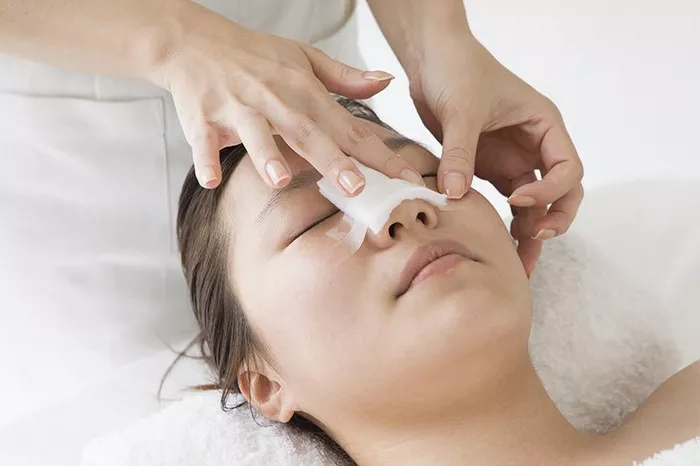Rhinoplasty, commonly known as a nose job, is a surgical procedure designed to enhance the appearance and functionality of the nose. While the surgery itself is a significant step towards achieving the desired results, proper post-operative care and recovery play a crucial role in ensuring the success of the procedure. In this article, we will delve into the essential aspects of the first 24 hours after rhinoplasty, providing patients with valuable insights and guidelines for a smooth and successful healing process.
After rhinoplasty
Immediate Post-Operative Period:In the first few hours following rhinoplasty, patients are usually observed in a recovery room, closely monitored by healthcare professionals. The immediate post-operative period is critical for ensuring patients’ safety and managing any potential side effects of anesthesia. During this time, it is normal to experience grogginess, drowsiness, and mild discomfort.
Pain Management:Pain management is a significant concern during the first 24 hours after rhinoplasty. Surgeons typically prescribe pain medication to help alleviate discomfort and manage post-operative pain effectively. Patients must strictly adhere to the prescribed dosage and schedule to minimize any potential complications.
Swelling and Bruising:Swelling and bruising around the nose and eyes are common after rhinoplasty. These effects may peak within the first 24 hours and gradually subside over the next several days. Applying cold compresses as instructed by the surgeon can significantly reduce swelling and bruising during this initial phase.
Nursing Tips
Nursing after rhinoplasty surgery is the key to ensure a smooth recovery and surgical results. After surgery, the doctor will provide specific care instructions. It is important to follow these instructions accurately to promote wound healing and reduce the risk of complications. After rhinoplasty, you may experience some pain and discomfort. Take painkillers on time according to your doctor’s prescription to relieve pain in time. Do not wait until the pain gets worse to take the medicine. Swelling and bruising after surgery is normal. Applying a cold compress can help reduce swelling and relieve discomfort. Be gentle when using cold compresses and avoid placing ice packs directly on the skin to avoid frostbite. Keeping your head elevated while resting can help reduce swelling. Sleep with an extra pillow or raise the head of the bed to a comfortable angle. Follow your doctor’s nasal care directions. You may need to use a saline spray or nasal rinse to keep your nasal passages clean and moist. Avoid blowing your nose for the first week after surgery, and if you need to sneeze, sneeze with an open mouth to reduce pressure on your nose. During recovery, avoid exposure to substances that can irritate the nose, such as smoke, dust, strong odors, and pollutants, to prevent interfering with the healing process and causing discomfort. Drinking plenty of water will help keep your body hydrated, promote overall recovery, and reduce swelling. Eating a balanced, healthy diet can help support the body’s healing process. Eating foods rich in vitamins, minerals, and protein can help with tissue repair.
Diet after rhinoplasty
After rhinoplasty, the diet should be light and easy to digest. For the first few days after surgery, a liquid-based diet, such as soups, juices, and mild drinks, can help reduce stomach upset. Choose soft food, such as mush food, cooked vegetables, lean meat, cooked rice, etc., to avoid excessive chewing and increase nasal pressure. Avoid spicy, irritating food, so as not to irritate the nasal cavity and affect the recovery process. Chew in small bites when eating and avoid sucking hard or using a straw to prevent nasal pressure and discomfort. Maintaining a balanced diet and getting enough nutrients can help the body recover quickly.
Conclusion
The first 24 hours after rhinoplasty are critical in setting the foundation for a successful and smooth recovery. By following the guidelines provided by the surgical team and prioritizing post-operative care, patients can minimize discomfort, swelling, and complications, ensuring optimal results from their rhinoplasty procedure. Remember that individual healing experiences may vary, and patience is essential throughout the recovery journey. Always consult your surgeon if you have any concerns or questions during the healing process. With proper care and attention, patients can look forward to enjoying the full benefits of their rhinoplasty in the weeks and months ahead.


